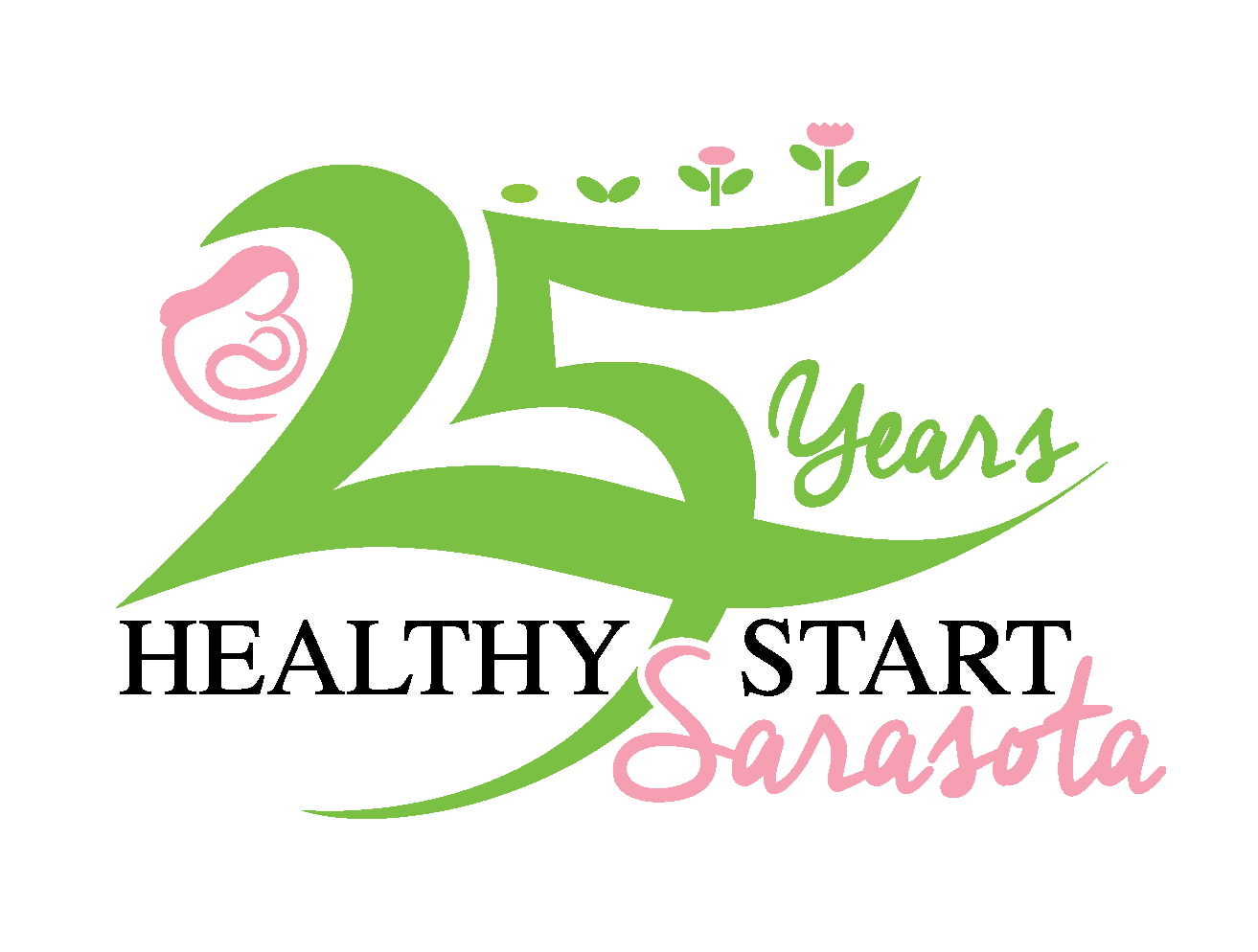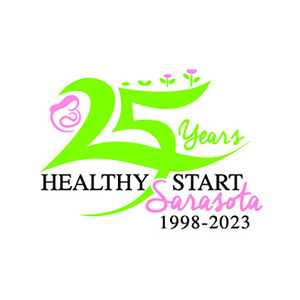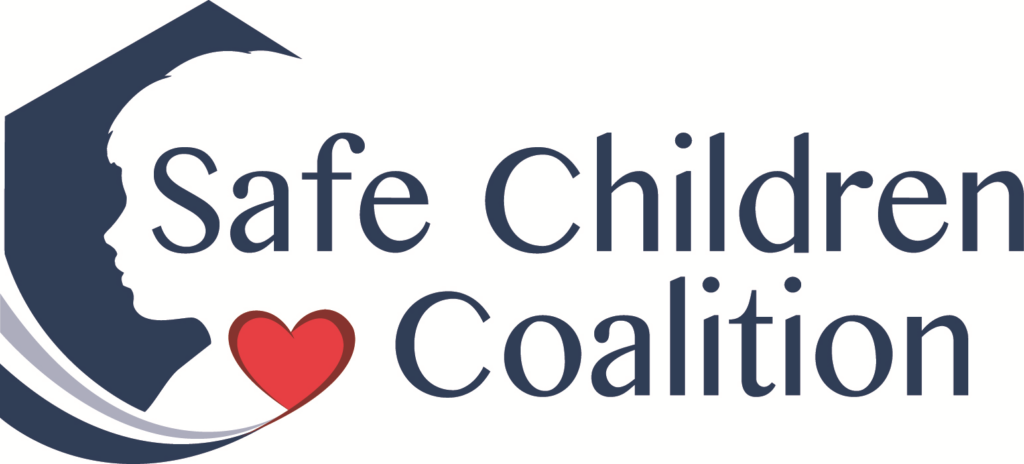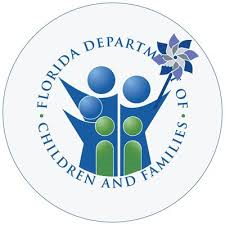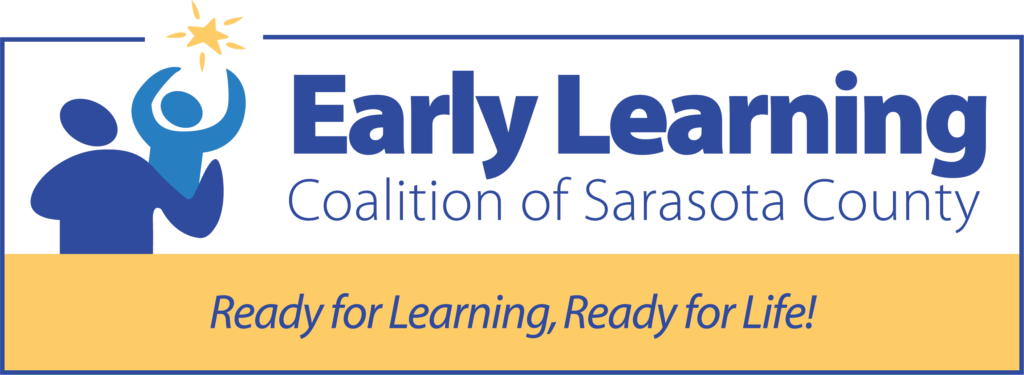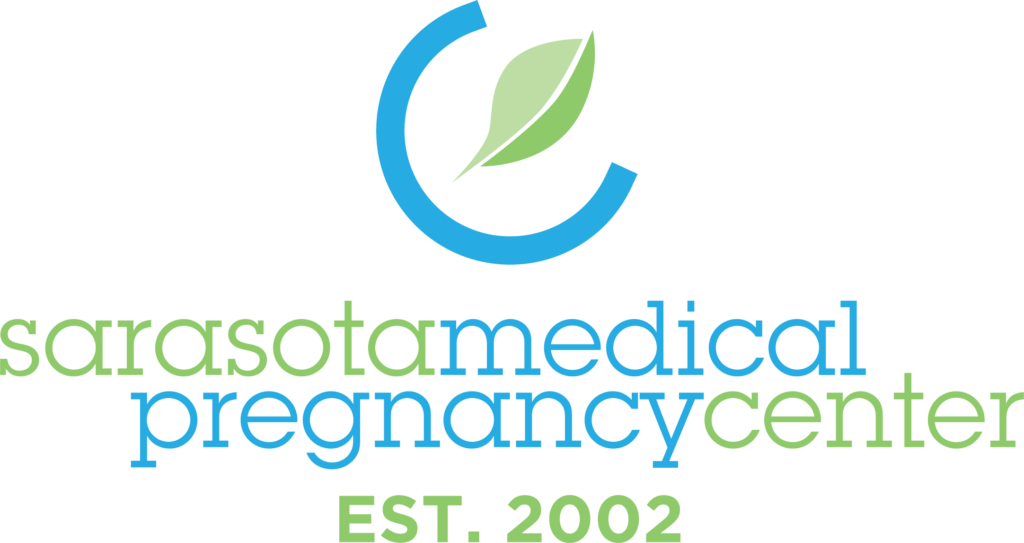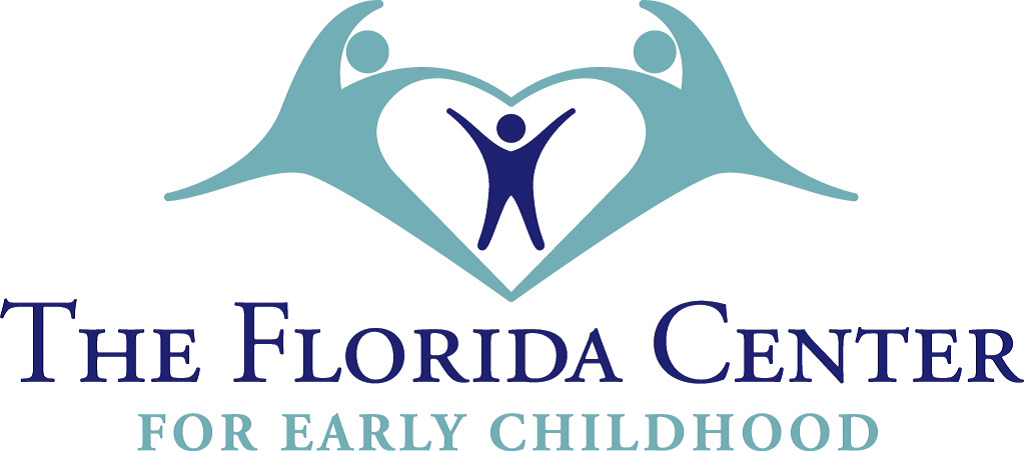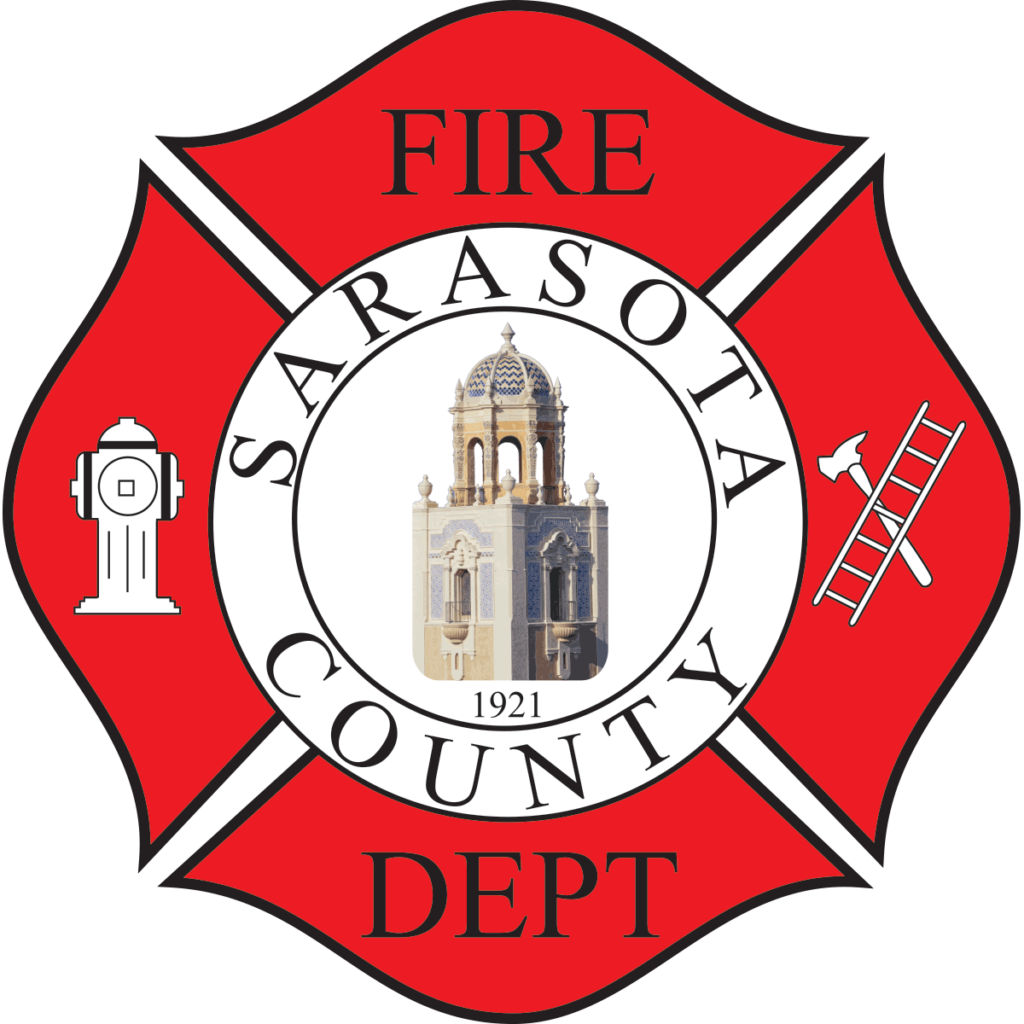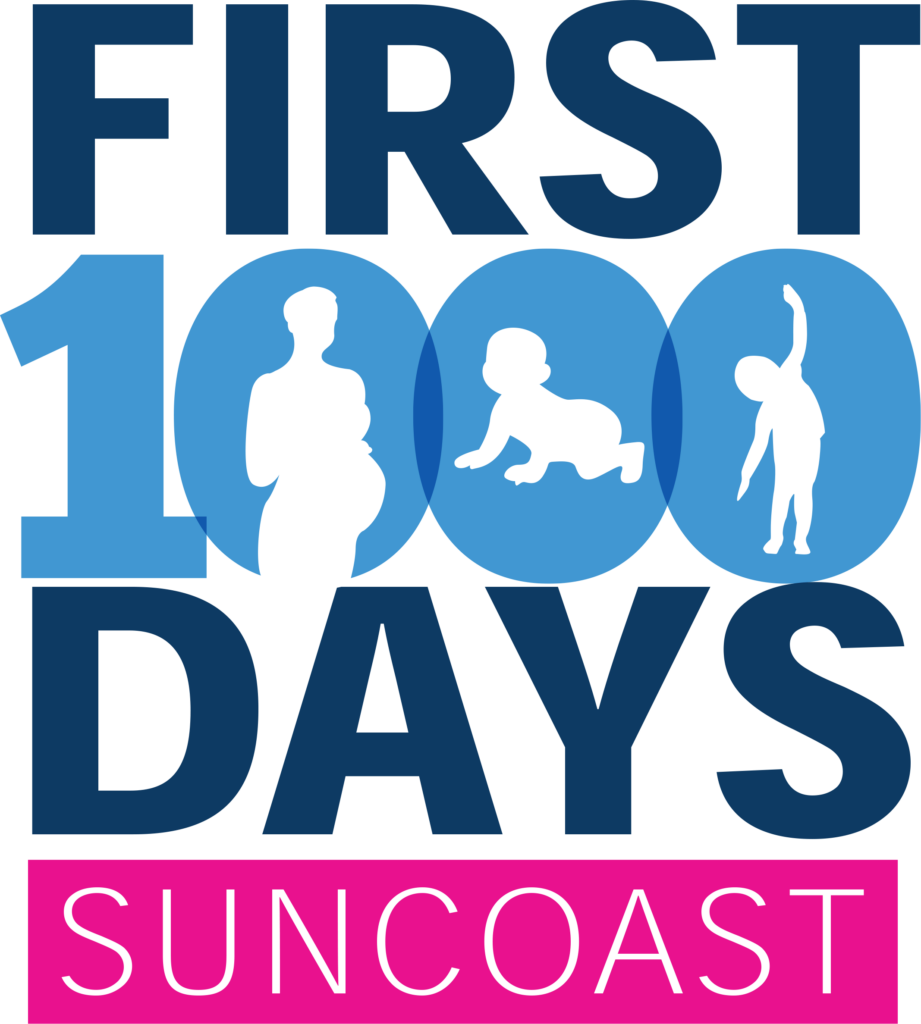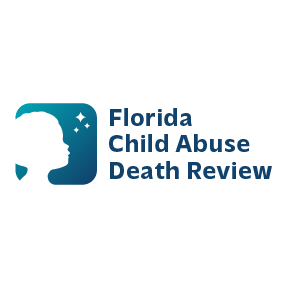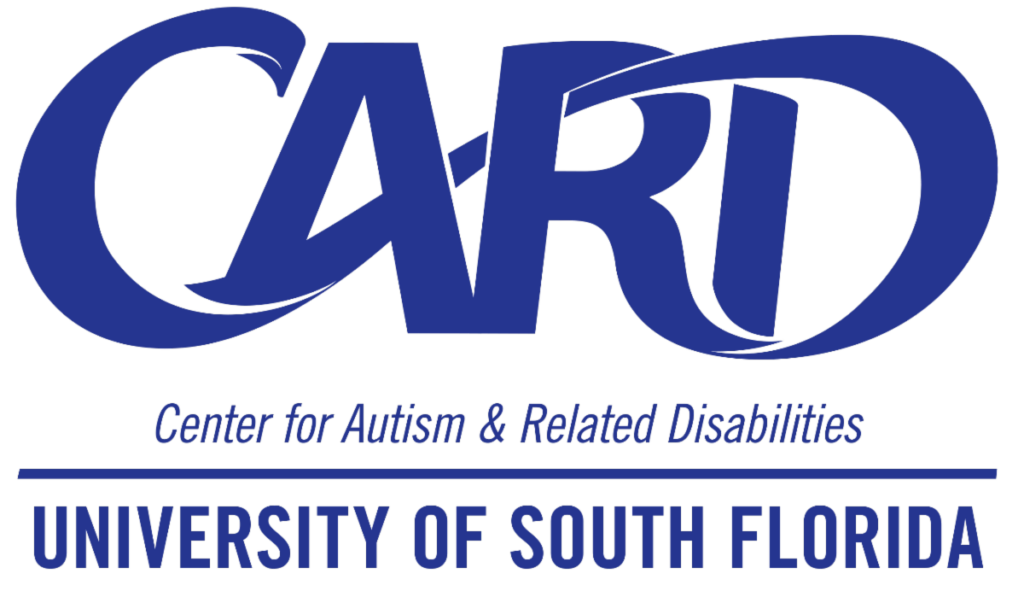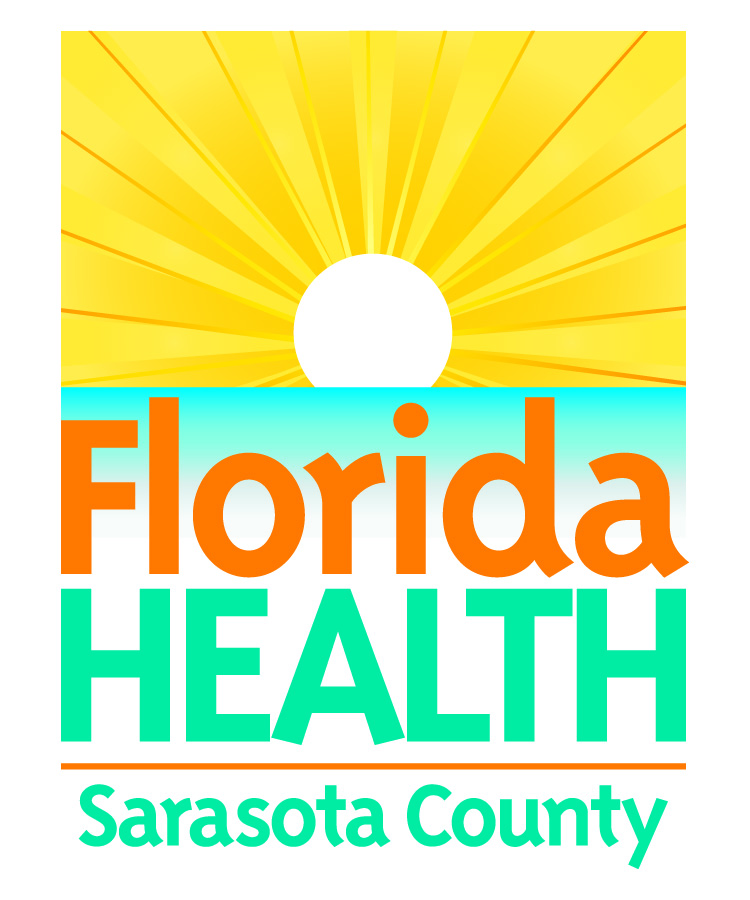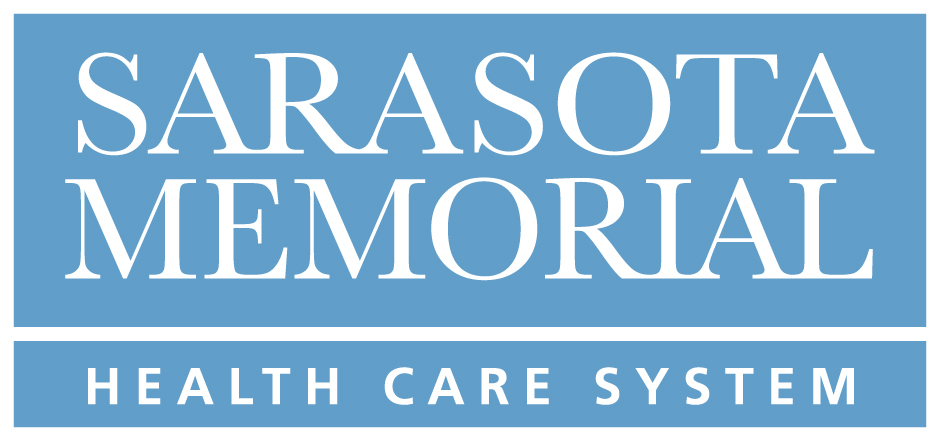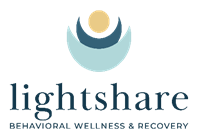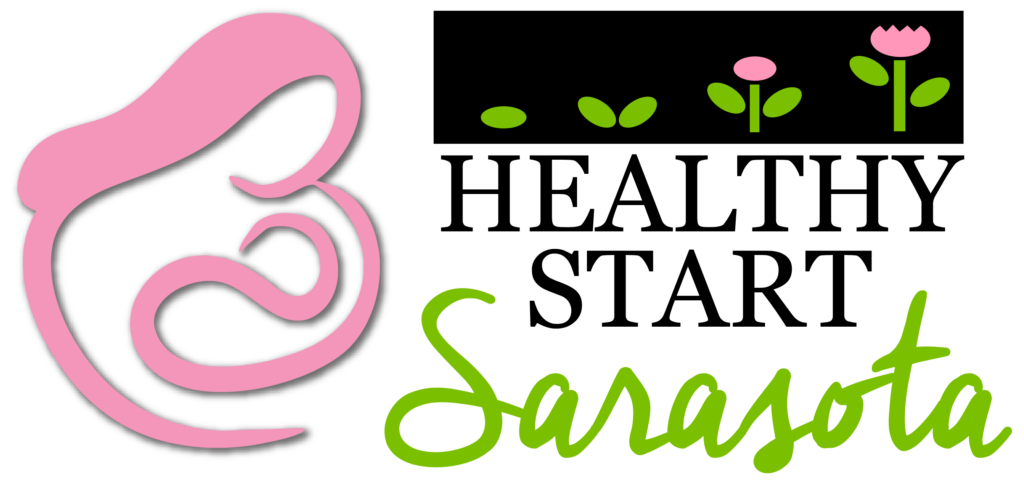From the moment they are born, babies count on their parents and other caregivers to keep them safe. Yet healthy babies suffocate while sleeping unsafely every year in Sarasota County. It only takes one time for a baby to sleep in an unsafe place or position to be deadly. Babies need to be protected from suffocation when they are laid down to sleep – every night, every nap, and every time
Sleep Baby Safely
Healthy Start Coalition, Sarasota County Health Department, and a group of concerned child safety champions launched the Sleep Baby Safely campaign as part of a larger Prevent Needless Deaths regional campaign that addresses the leading causes of death for children under age six.
In 2014, the original Sarasota Safe Sleep Initiative started as a prevention and education effort to address unsafe sleep deaths. This initiative included providing Safe Sleep Kits and education to parents who did not have a safe sleep surface for their babies. The kits included a pack-n-play, crib sheet with safe sleep message, Halo sleep sack, pacifiers and educational materials. Since that project started 549 kits have been distributed.
Sleep Baby Safely is an expansion of the original initiative thatfeatures local facts, direct messages, and easy-to-remember tips for parents, caregivers, and everyone caring for babies. Our goal is to engage all touch points, from prenatal through baby’s first birthday, and to make safe sleep as widely accepted and practiced as car seats for infants.
We invite you to join our efforts to promote safe sleep and protect babies from suffocation. Together, let’s give every baby the opportunity to celebrate his or her first birthday!
What We Know
All of these deaths could have been prevented. Don’t risk it! Learn the tips and facts to sleep babies safely — every night, every nap, and every time.
Sleeping Babies on Their Back is Safest
Some parents worry that babies will choke when on their backs but their airway anatomy and gag reflex prevents this. When babies sleep on their backs, the trachea (windpipe) lies on top of the esophagus, so gravity stops spit-up from getting into the windpipe. Babies who sleep on their backs are less likely to choke and less likely to have their airways (breathing) blocked.
The First Year of a Baby’s Life is Critical
Sleep-related suffocation deaths generally happen in baby’s first year – most within the first 8 months. At birth, babies have heavy heads and weak neck muscles; this makes it difficult for them to lift their heads to breathe freely if airways are blocked. While babies develop differently, most can lift their heads at 4 months – and by 5 or 6 months, they have mastered head control and can roll over in both directions thanks to stronger neck and arm muscles.
We Know More Today Than We Ever Have
As more information becomes available, we must change old practices and beliefs to keep babies safe while sleeping. We changed our habits about car seats; today they are proven life savers and most parents wouldn’t risk driving baby without one – even if they’ve never had an accident. Using this same logic, let’s make safe sleep for infants as common a safety practice as car seats.
